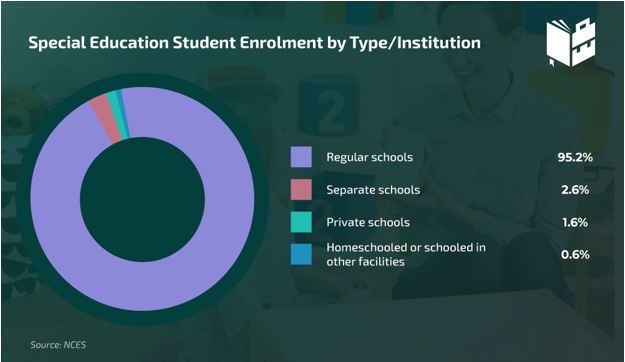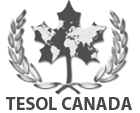Everything You Need To Know About PLOP To Create An Impactful IEP
28th November 2023

Education plays a very vital role in every student’s life, especially in the case of special needs students. Every teacher must need to find a way to understand the learning and other requirement of every student with special needs. Because in a recent survey of whattobecome.com, more than 95% of special needs students enrolled in regular school.

Source: whattobecome.com
Most of the teacher knows that developing an Individualized Education Program (IEP) for every special needs student is crucial for their success in every aspect of life. However, to create an effective Individualized Education Program (IEP), having a proper understanding of the Present Level of Performance (PLOP) is essential.
In this blog post, we will have a proper understanding of the Present Level of Performance (PLOP) and its significance in developing an effective Individualized Education Program (IEP) to help children with special needs educational journey.
Before moving to the topic, can we ask you a question? Do you follow us on Social Media? We regularly share upgraded educational content, tips, feedback, and more. Check us out by clicking the profiles here - Facebook / Twitter / LinkedIn / Pinterest / Instagram / YouTube
So, without any further delay, let’s get started.
What is PLOP?
As we can get the basic idea from its name Present Level of Performance (PLOP) helps teachers to understand the current abilities of every individual special needs student's strengths, weaknesses, skills, and abilities across various domains after the thorough assessment.
The assessment generally involves academic, social, and physical skills and abilities that help in the children's development in different areas of life. The PLOP assessment also provides valuable insights about the progress that every child with special needs are making and how their learning experience can impact their overall educational journey as well.
How To Conduct PLOP Effectively?
Present Level of Performance (PLOP) covers many aspects of children with special needs through the assessment from various sources. The IEP team develops the PLOP with different sources like- close observation of special needs children, standardized test results, scorecards, and additional information or feedback from their parents or guardians.
Additionally, parents should also consider coming forward on their own to provide any relevant information, which they believe, could help in the progression of their children with special needs.
How To Write an Effective PLOP?
A good-written PLOP should be clear, concise, and specific, providing detailed information about the child's current performance levels. It should not be vague or generalized but rather focus on specific areas of concern. Let’s analyze two examples to better understand the role of clarity in writing PLOPs.
Example 1: Vague Statement:
Mark is not progressing as expected with the first-grade reading curriculum.
Example 2: Clear Statement:
Mark reads about 15-20 words per minute (wpm) with three to eight errors on first-grade materials.
These details allow the IEP team to have a clearer picture of what challenges every child with special need face and develop an appropriate IEP according to each child’s individual need.
Importance of PLOP in Developing the IEP
The PLOP provides a solid base for constructing measurable annual goals for an IEP. It serves as an initial point where there may be weaknesses that need attention and therefore priorities become targeted goals. For instance, if the PLOP shows problems in math then math skills should be addressed directly through one of the goals listed in IEP.
Additionally, updating a child’s PLOP every year is vital since children grow, mature, and acquire new skills with time. The PLOP should never be re-copied from one year to another as it may not capture the emerging needs and abilities of the child.
How to Improve PLOP Constantly?
Parents or guardians play a vital role in ensuring the accuracy and completeness of the PLOP. If they have additional information that they believe should be included, it is essential to bring it to the IEP meeting. To facilitate this process, a checklist can be referred to, providing guidance on what to bring to the meeting.
PLOP Can Help To Develop an Effective Individualized Education Program (IEP)
To make life easier for students with special needs, every teacher should need to have a better understanding of their special needs. Teachers who have pursued courses like Certificate in Special Education course, know that developing an effective Individualized Education Program (IEP) for every student with special needs can help them to have an overall understanding of their, but first, they must have a better understanding of Present Level of Performance (PLOP).
PLOP can help teachers to know about the strengths, weaknesses, and different sets of abilities of every special needs student in various domains, and this accumulated knowledge can help the IEP team to create a more personalized goal and necessary intervention to support each and every special needs student.
Additionally, make sure to actively involve every IEP team member, which will ensure the PLOP reflects the child's current abilities and sets the stage for their continued growth and development.
We believe education should be accessible for everyone. That’s why we don’t charge for our blogs. Find the right course that will help you in your career with us, contact us at - + +6621055721. You can mail us at act@asiancollegeofteachers.com.

